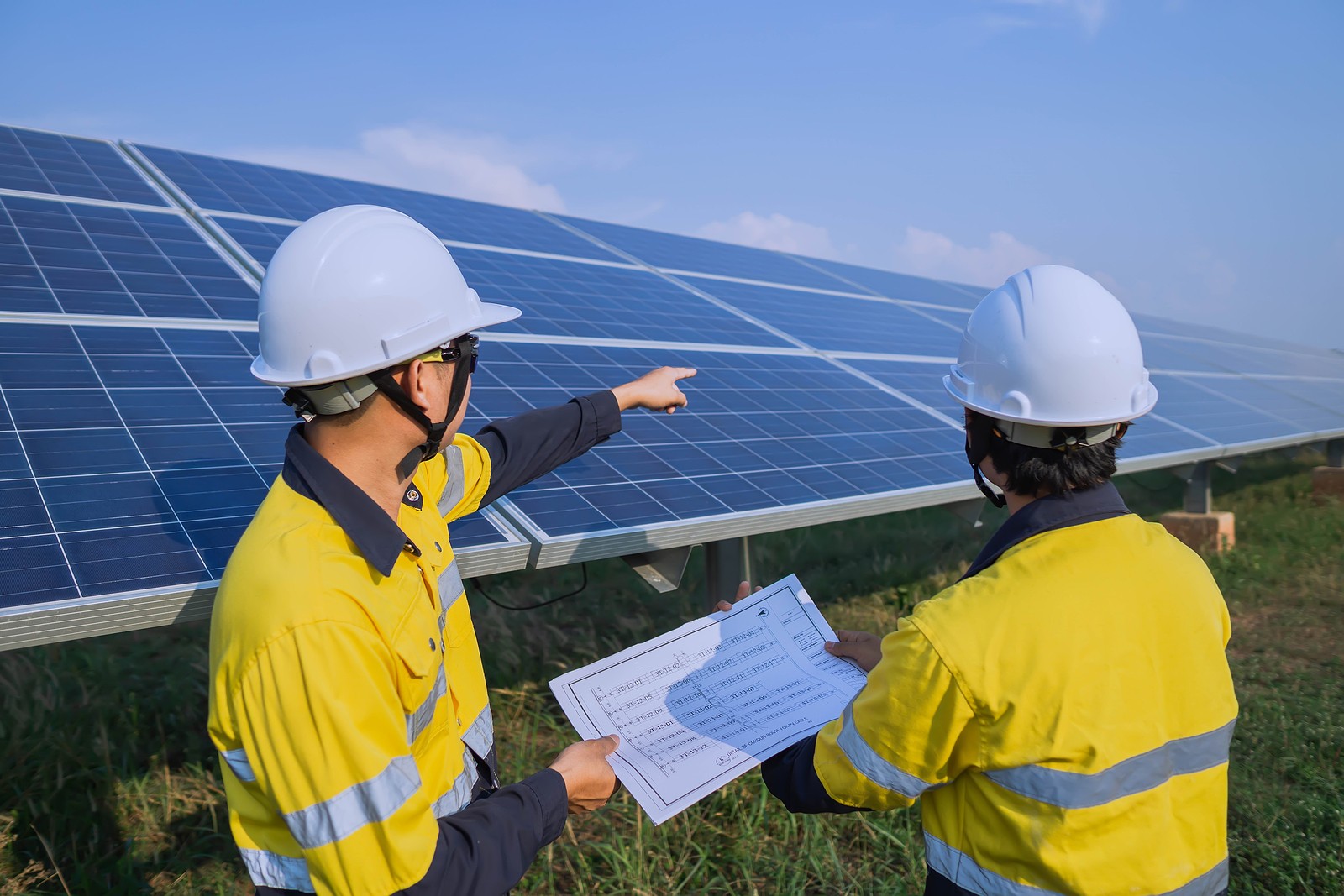
Commercial and industrial solar in California can take many forms, but the installation starts with the right design. At Coldwell Solar, our commercial solar company experts work directly with owners to customize a specific solar energy plan according to what they need. Let’s dive into the process a little more to see what happens.
Consultation and Discussion of Goals
Every quality design begins with a consultation to discuss the owner’s goals for a solar installation. That can include discussions on what the installation is intended to power, what electrical output it needs to have, whether solar storage will be included, and other information. This is also an excellent time to go over financing options and other considerations, but for the design process it’s important to get an idea of what kind of installation the owner is interested in.
Choosing a Site
One of the first steps is choosing the right type of site for solar panels. For agricultural solar energy systems, this could be an unused lot or a field with the right type of vegetation. In more commercial zones, the right site could be a roof or a nearby parking lot.
Site Visits and Surveys
With the type of site picked out, it’s time to visit the site (or potential sites) and thoroughly document its location, sun angles, shade throughout the day, and any other topography details. This will allow our engineers to choose the right type of mounting systems, exactly where solar panels will be located, and how to interconnect the installation with the electric grid, including where components like inverters or batteries will be located.
Choosing the Right Solar Components
There are a variety of solar components from different brands, which means the design process must also start making. Our solar energy company in California will choose specific models, inverters, mounts, and other materials for the project, depending on both owner goals and budgets. This is usually accompanied by an array layout which shows exactly how the installation will look and where components will be placed. When all components are chosen, an official bill of materials can be created to detail all the hardware.
Obtaining Permits and Meeting Zoning Requirements
As information is collected and the array layout is formed, it’s also important to start working on the necessary permits while making sure the design meets all zoning requirements. Our solar energy company in California will also make sure that all wiring and components meet the requirements of local building codes.
Finalizing the Installation Design
During the finalization process, all details will be added to the layout, including wiring diagrams, monitoring systems, and more. Final tweaks will be made according to what is possible or approved, and a final energy production model can be created for the owner.
At this time, the developer can start choosing any necessary subcontractors for important stages of development and setting deadlines for the project to ensure completion according to the timeline. The owner may also be scheduled to have work done at a certain time for solar panel installations, such as clearing a lot or an access road.
If you have any further questions about the design process or would like to start with a consultation on commercial solar energy solutions in California, contact Coldwell Solar today and we’ll be happy to help you get started.

